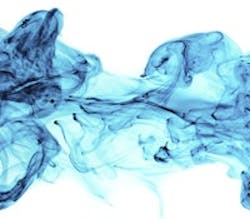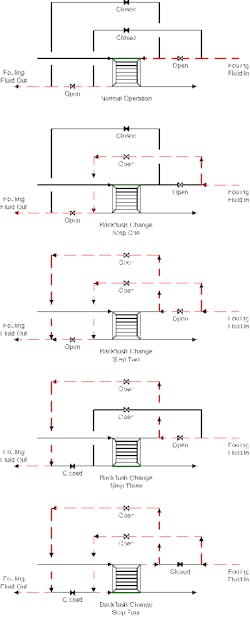Backflush Away Fouling
Fouling services present difficult challenges for heat exchangers. Fouling can result from reactions, sticky materials, solidification and many other causes. In biofuels plants, fibers often lead to fouling problems. Backflush operation can reduce the effect of fouling in these plants.
There are two approaches to backflush. In a short-period backflush, which can last from a few minutes to a few hours, flow direction is reversed to dislodge fibers; then, the regular flow pattern is re-established. In a long-period backflush, which can extend for days to months, the exchanger is operated with flow in the reverse direction until it fouls again; then, flow is switched back to the normal direction to dislodge the second round of fiber fouling.
ANDREW SLOLEY is a Chemical Processing Contributing Editor. You can e-mail him at [email protected]

